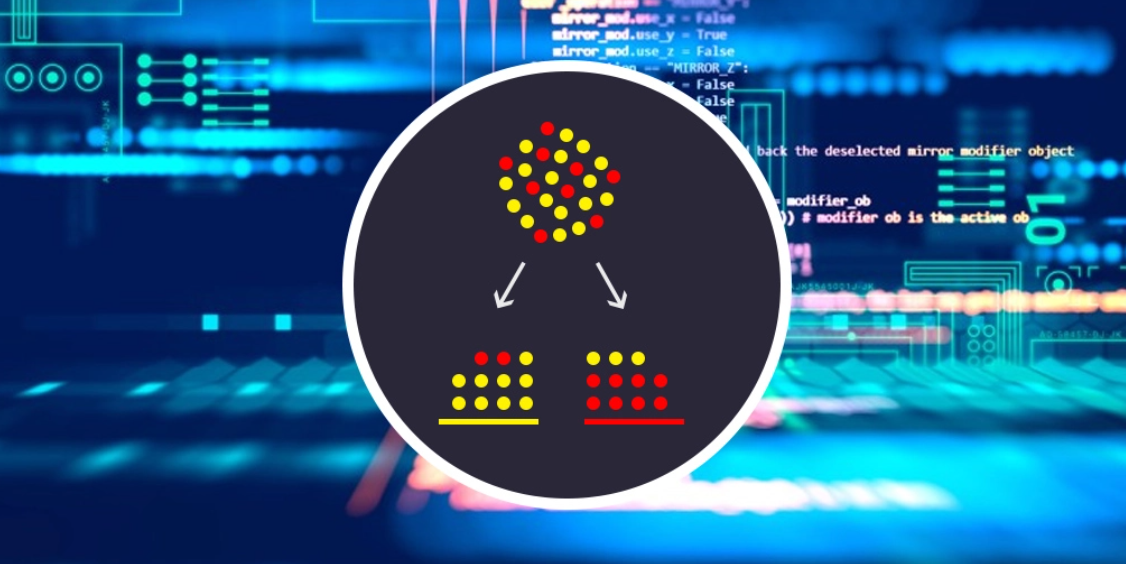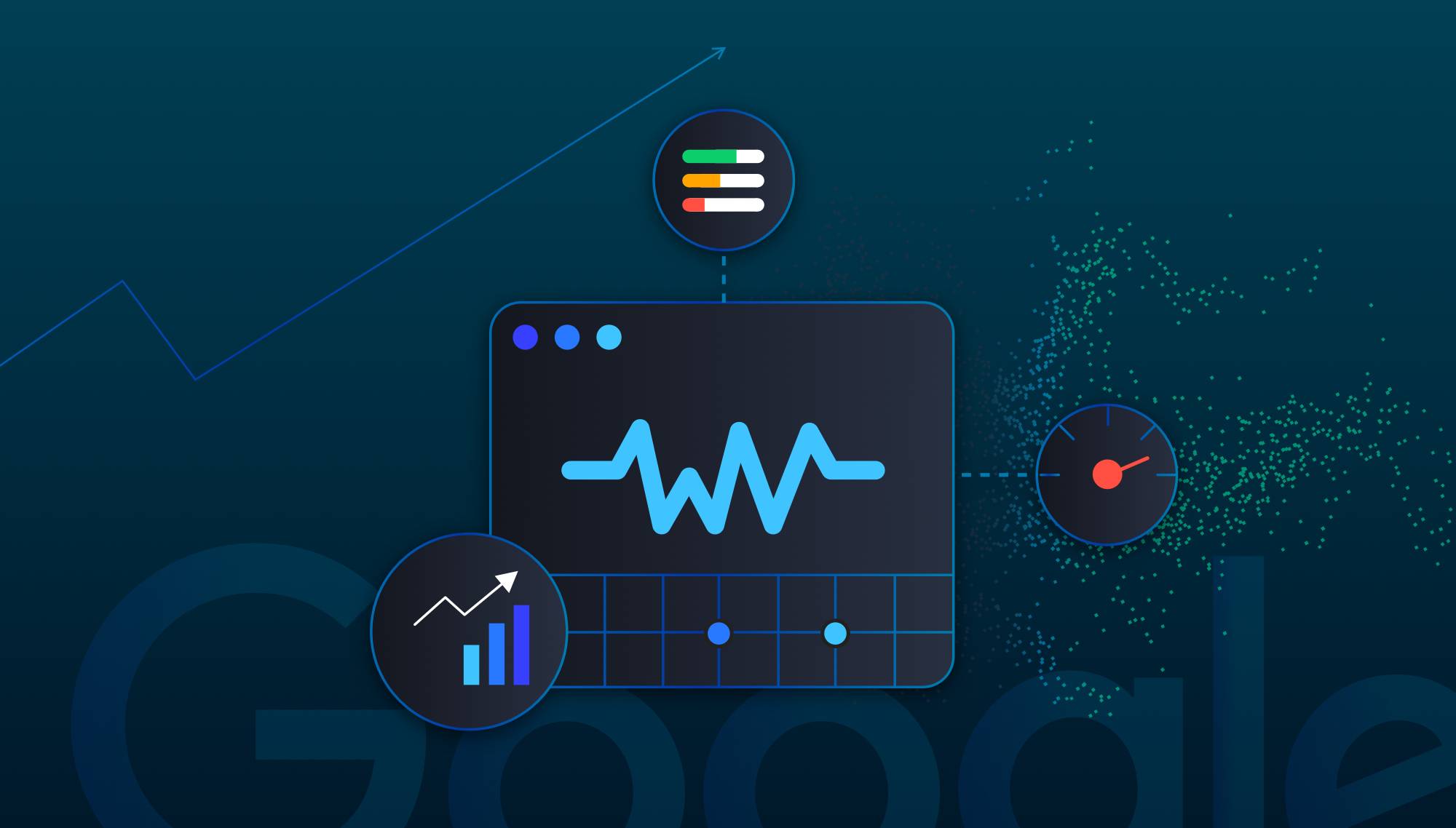Imagine standing at a crossroads with multiple paths ahead, each representing a possible decision a machine learning model could make. Some paths lead to correct predictions, others to errors. Now imagine there’s a map—the perfect map—that shows you the route with the least possible mistakes, no matter what data comes your way. That map is the Bayes Optimal Classifier—a theoretical model that defines the lowest achievable error rate any classifier can hope for.
It’s not just a model—it’s the dream every data scientist chases, even if it can rarely be reached in practice.
The Quest for Perfect Prediction
Think of predictive modelling as trying to guess tomorrow’s weather. You collect past temperatures, humidity levels, and wind speeds, hoping your model can forecast accurately. But in reality, uncertainty always exists. Randomness in data—noise, missing information, or unobserved variables—creates limitations.
The Bayes Optimal Classifier works like a crystal-clear lens. It looks at the true underlying distribution of data and calculates probabilities for each possible outcome. The result? Predictions that minimise the overall error, setting a benchmark for every practical model built thereafter.
For learners beginning their analytical journey, mastering concepts like these forms a foundation in statistical reasoning. Many professionals gain this understanding through a data science course, where theory meets practical exploration of predictive algorithms.
Behind the Curtain: How It Works
At its heart, the Bayes Optimal Classifier relies on probability theory. It determines the most likely class for a given input by calculating something known as posterior probability—essentially, the probability of an outcome given the observed data.
In mathematical terms, it assigns each possible class label a probability and then chooses the one with the highest likelihood. This is akin to a doctor diagnosing an illness based on symptoms and medical history—choosing the disease that statistically best fits the evidence.
Unlike decision trees or neural networks, this classifier doesn’t rely on heuristics or approximations. It’s grounded in theory—a reminder that beneath every complex model lies a fundamental mathematical truth.
A data science course in Mumbai often dives deep into Bayesian principles, showing how probability-based reasoning shapes models that learn intelligently from uncertainty.
Why It’s Mostly Theoretical
If the Bayes Optimal Classifier represents perfection, why don’t we use it directly? The answer lies in the real world’s complexity. We rarely know the exact data distribution—what statisticians call the “true probability function.” Instead, we work with samples, approximations, and estimates.
Imagine trying to predict a chess grandmaster’s next move without ever seeing all their past games. You can guess patterns, but never fully capture their mind. Similarly, no model can perfectly capture reality.
Still, knowing the Bayes Optimal performance acts as a guiding light. It tells us how close—or far—our current models are from theoretical perfection. This motivates data scientists to refine algorithms and reduce bias and variance.
The Connection to Modern Algorithms
The influence of Bayes’ principles runs deep in machine learning. Naive Bayes classifiers, for instance, are simplified versions that assume feature independence but still perform remarkably well in text classification, spam detection, and sentiment analysis.
In advanced research, probabilistic models, ensemble methods, and even neural networks often borrow from Bayes’ logic—using uncertainty as a strength rather than a limitation.
Students exploring such concepts through a data science course in Mumbai quickly realise how probability-based thinking extends far beyond statistics—it shapes modern AI systems that can reason, adapt, and predict.
The Pursuit of the Unreachable Ideal
The Bayes Optimal Classifier might never be fully attainable, but its value lies in its existence as a benchmark. It defines the best possible performance and challenges every model to approach it as closely as possible.
Just as athletes chase world records knowing perfection may remain elusive, data scientists strive for lower error rates by improving algorithms, feature engineering, and understanding uncertainty better.
A structured data science course can help aspiring analysts and scientists build the mathematical intuition needed to grasp why this “optimal” standard matters so deeply in predictive modelling.
Conclusion
The Bayes Optimal Classifier reminds us that every prediction problem has a hidden truth—an ideal decision rule that balances risk and probability flawlessly. While we may never fully uncover it, understanding its principles shapes how we measure, compare, and improve our models.
Data science isn’t about achieving perfection—it’s about getting as close to it as possible through logic, mathematics, and creativity. By understanding the elegance of concepts like the Bayes Optimal Classifier, practitioners and learners alike move one step closer to mastering the art of intelligent prediction.
Business name: ExcelR- Data Science, Data Analytics, Business Analytics Course Training Mumbai
Address: 304, 3rd Floor, Pratibha Building. Three Petrol pump, Lal Bahadur Shastri Rd, opposite Manas Tower, Pakhdi, Thane West, Thane, Maharashtra 400602
Phone: 09108238354
Email: enquiry@excelr.com








